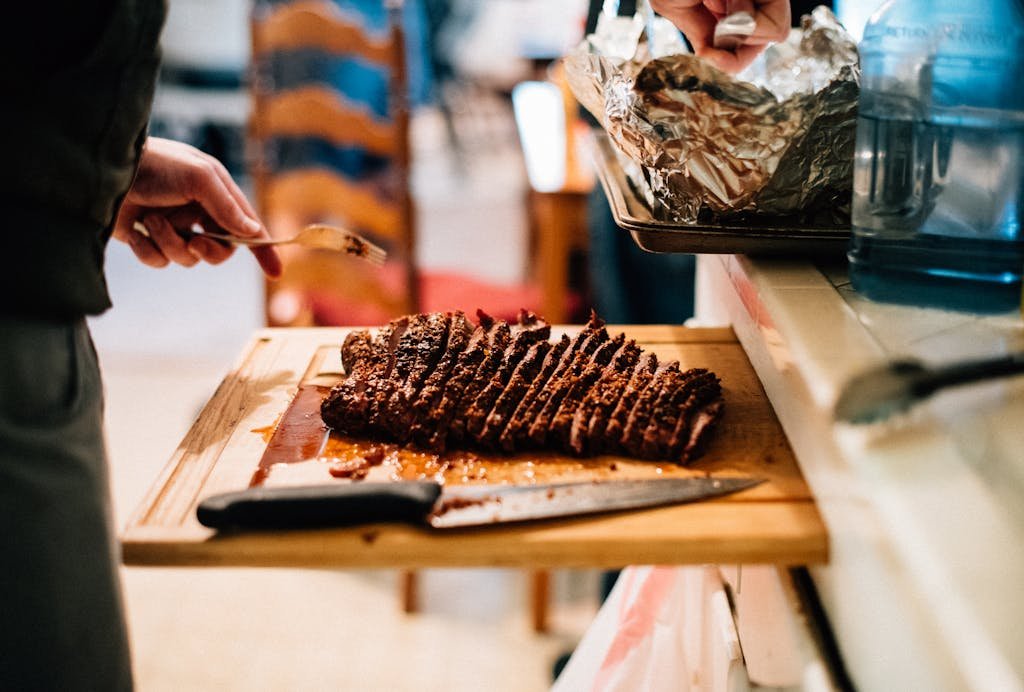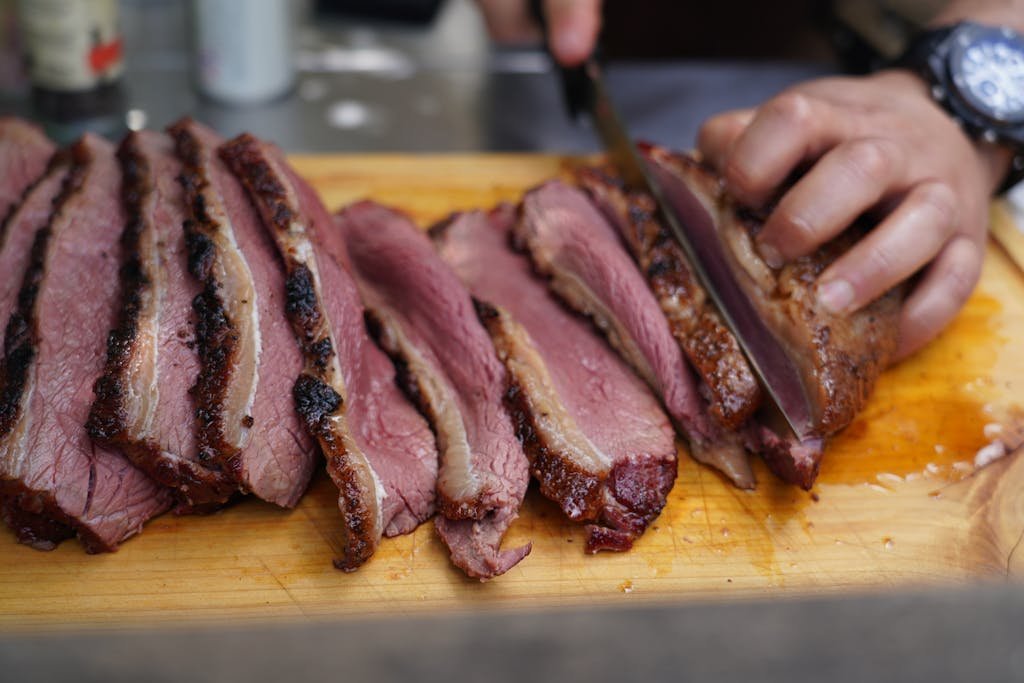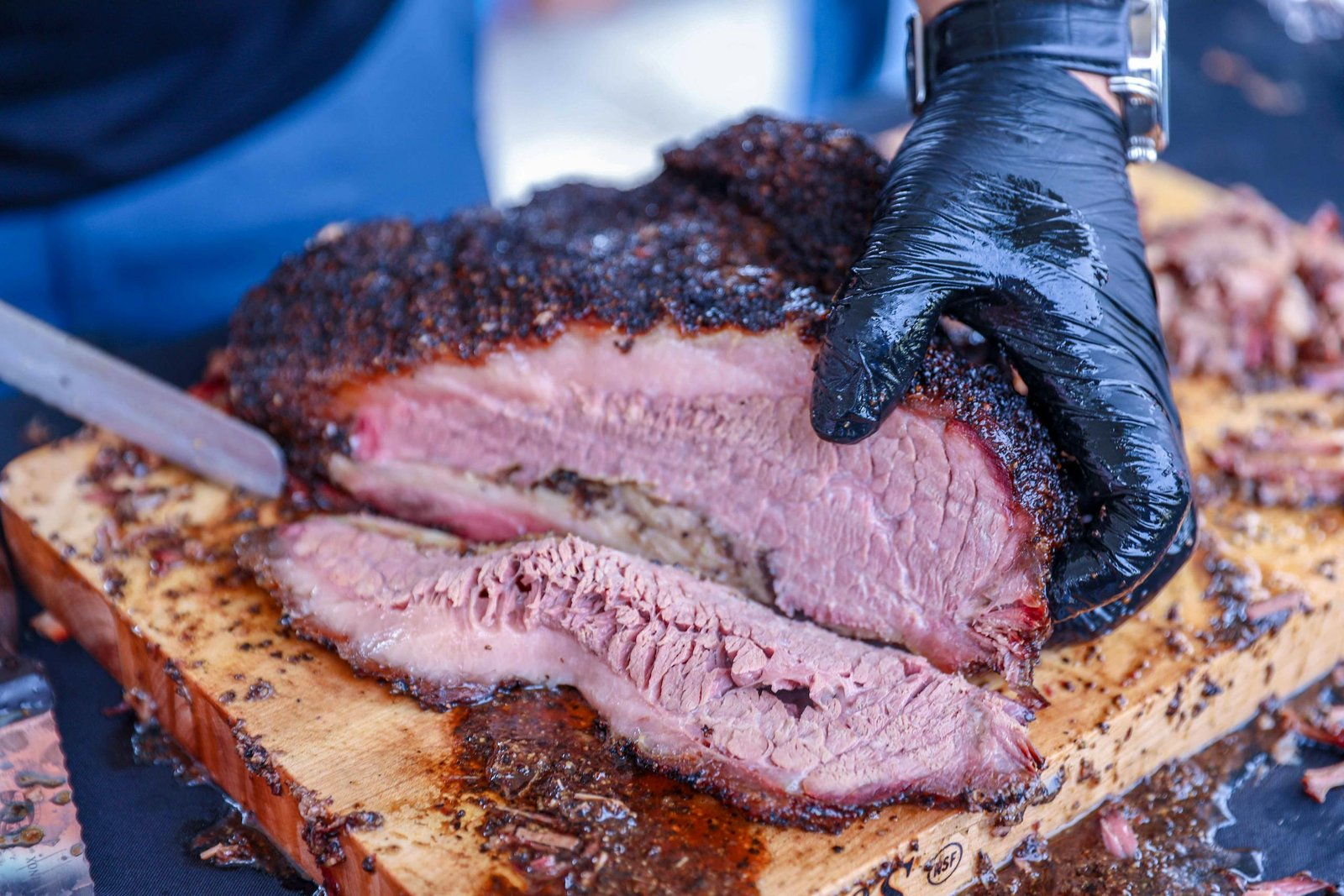Brisket: Why San Antonio’s Price is Steeper
Brisket, a beloved staple of Texas barbecue, has become a prized possession for meat enthusiasts in San Antonio. However, its increasing popularity has led to a surge in prices, leaving many to wonder: Why Brisket is More Expensive in San Antonio In this comprehensive guide, we’ll delve into the factors contributing to the rising costs of brisket in the Alamo City.
I. Supply and Demand
Growing Popularity
In recent years, brisket’s popularity has skyrocketed in San Antonio. This surge is largely driven by the city’s thriving food scene and its deep-rooted barbecue culture. As food enthusiasts and tourists flock to the city to sample its renowned barbecue, brisket has become a must-try item, leading to increased demand.
Limited Supply
Despite the high demand, the supply of brisket remains relatively limited. San Antonio’s brisket consumption often outpaces the national supply, creating a shortage. This supply-demand imbalance naturally results in higher prices as consumers compete for the available brisket.
II. Cattle Industry Dynamics
Cattle Prices
The cost of cattle significantly impacts brisket prices. Several factors contribute to rising cattle costs, including feed prices, transportation, and disease outbreaks. When the costs of raising cattle increase, these expenses are inevitably passed on to consumers, resulting in higher brisket prices.
Quality and Grade
San Antonio’s preference for high-quality brisket also plays a role in its cost. The city has a particular fondness for premium cuts, such as grass-fed or wagyu beef brisket. These high-quality meats command a premium price due to their superior taste and texture, further driving up brisket prices.

Read Also: San Antonio: Humid Hell or Breezy Bliss?
III. Production and Processing
Labor Costs
The production and processing of brisket involve significant labor expenses. Ranchers, processors, and butchers all play crucial roles in bringing brisket to the market. With increasing labor costs, these expenses contribute to the overall price of brisket.
Aging and Smoking
Brisket is a labor-intensive product that requires time-consuming processes such as dry-aging and smoking. These methods enhance the flavor and tenderness of the meat but also add to its cost. The longer and more complex the preparation process, the higher the final price of the brisket.
IV. Distribution and Marketing
Transportation
Transportation costs are a significant factor in brisket pricing. The logistics of delivering brisket from cattle ranches to San Antonio involve fuel prices and transportation expenses. These costs can fluctuate, affecting the price of brisket at local markets and restaurants.
Marketing and Branding
Restaurants and retailers invest heavily in marketing and branding their brisket offerings. Creating a unique brand and promoting it to consumers requires significant financial investment. These marketing expenses are often reflected in the price of the brisket.
V. Regional and Seasonal Factors
Texas Droughts
Drought conditions in Texas can severely impact cattle ranches, leading to reduced supply and higher prices for beef, including brisket. When water and feed are scarce, the cost of raising cattle increases, which in turn raises the price of brisket.
Festival and Event Demand
San Antonio’s vibrant festival scene also drives up brisket demand. Events like Fiesta San Antonio and various food festivals create spikes in brisket consumption, which can lead to temporary price increases as suppliers struggle to meet the heightened demand.

VI. Restaurant and Retail Dynamics
Menu Pricing
Restaurants in San Antonio carefully balance profitability with customer demand when setting menu prices. Brisket, being a highly sought-after item, often carries a higher price to ensure the restaurant’s profitability while still attracting customers.
Competition
The competition among retailers and restaurants for market share can sometimes lead to price increases. When one establishment raises its prices, others may follow suit to maintain their profit margins, leading to an overall rise in brisket prices across the city.
VII. Consumer Behavior
Willingness to Pay
San Antonio’s brisket enthusiasts are known for their willingness to pay premium prices for high-quality meat. This consumer behavior encourages suppliers to charge higher prices, knowing that there is a market willing to absorb the cost for top-tier brisket.
Foodie Culture
The city’s thriving food scene encourages experimentation and demand for unique brisket offerings. This foodie culture, with its emphasis on culinary excellence and novelty, drives up demand and, consequently, prices for brisket.
Read Also: San Antonio’s Hottest New Eats
Closing Words
The perfect storm of supply and demand, cattle industry dynamics, production costs, distribution, regional factors, restaurant and retail dynamics, and consumer behavior has led to brisket’s increased expense in San Antonio. As the city’s love affair with brisket continues, understanding these factors will help consumers appreciate the value behind the price.
San Antonio’s brisket prices are a reflection of a complex interplay of local and national influences. While the higher cost may be a point of frustration for some, it also underscores the city’s deep appreciation for quality barbecue and the intricate processes involved in bringing this beloved dish to the table. By recognizing the various factors at play, consumers can make informed decisions and continue to enjoy the rich flavors of San Antonio’s prized brisket.






